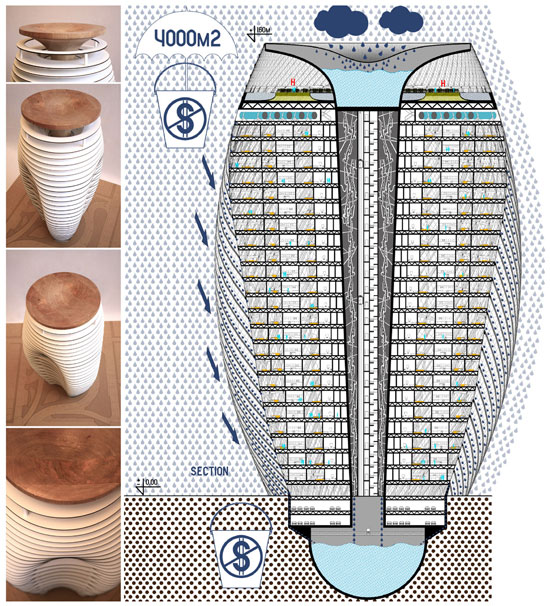Dihydrogen monoxide (DHMO) is colorless, odorless, tasteless, and kills thousands of people every year. Most of these deaths are caused by accidental inhalation of DHMO. Prolonged exposure to its solid form causes severe tissue damage. Symptoms of DHMO ingestion can include excessive sweating and urination, and possibly a bloated feeling, nausea, vomiting and body electrolyte imbalance. For those who have become dependent, DHMO withdrawal means certain death.
Dihydrogen monoxide:
- is the major component of acid rain
- contributes to the "greenhouse effect"
- it can cause severe burns in its gaseous state
- contributes to erosion
- accelerates corrosion and rusting of many metals
- may cause electrical failures and decreased effectiveness of automobile brakes
- has been found in tumors of terminal cancer patients
Despite the dangers, dihydrogen monoxide is often used:
- as an industrial solvent and coolant.
- as an ingredient in concrete.
- in nuclear power plants.
- in the production of styrofoam.
- as a fire retardant.
- in many forms of cruel animal research.
- as an additive in certain "junk-foods" and other food products.
Companies dump waste DHMO into rivers and the ocean, and nothing can be done to stop them because this practice is still legal.
The American government has refused to ban the production, distribution, or use of this damaging chemical due to its "importance to the economic health of this nation." In fact, the navy and other military organizations are conducting experiments with DHMO, and designing multi-billion dollar devices to control and utilize it during warfare situations. Hundreds of military research facilities receive tons of it through a highly sophisticated underground distribution network. Many store large quantities for later use.
Chemical Formula: H2O.
Other Names: Product also known as water, ice, and steam.
Material Safety Data Sheets (MSDS) and other disclosures of potential product hazards are vital to protecting public and environmental health, safety, and welfare. Still, the testing, documentation, and record-keeping requirements can be an onerous burden. For anyone who has ever felt rankled in this regard, I hope the preceding warning brings a smile to your face.
Based on Petition to Ban Dihydrogen Monoxide at www.petitiononline.com/h2o/petition.html.
Dihydrogen monoxide:
- is the major component of acid rain
- contributes to the "greenhouse effect"
- it can cause severe burns in its gaseous state
- contributes to erosion
- accelerates corrosion and rusting of many metals
- may cause electrical failures and decreased effectiveness of automobile brakes
- has been found in tumors of terminal cancer patients
Despite the dangers, dihydrogen monoxide is often used:
- as an industrial solvent and coolant.
- as an ingredient in concrete.
- in nuclear power plants.
- in the production of styrofoam.
- as a fire retardant.
- in many forms of cruel animal research.
- as an additive in certain "junk-foods" and other food products.
Companies dump waste DHMO into rivers and the ocean, and nothing can be done to stop them because this practice is still legal.
The American government has refused to ban the production, distribution, or use of this damaging chemical due to its "importance to the economic health of this nation." In fact, the navy and other military organizations are conducting experiments with DHMO, and designing multi-billion dollar devices to control and utilize it during warfare situations. Hundreds of military research facilities receive tons of it through a highly sophisticated underground distribution network. Many store large quantities for later use.
Chemical Formula: H2O.
Other Names: Product also known as water, ice, and steam.
Material Safety Data Sheets (MSDS) and other disclosures of potential product hazards are vital to protecting public and environmental health, safety, and welfare. Still, the testing, documentation, and record-keeping requirements can be an onerous burden. For anyone who has ever felt rankled in this regard, I hope the preceding warning brings a smile to your face.
Based on Petition to Ban Dihydrogen Monoxide at www.petitiononline.com/h2o/petition.html.






